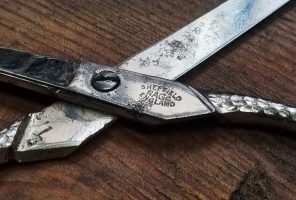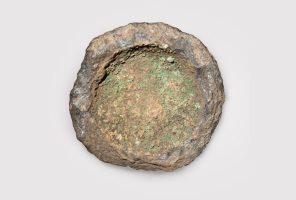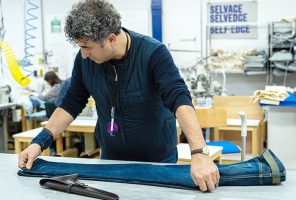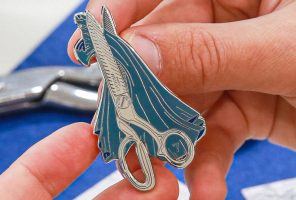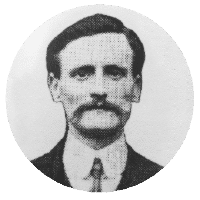Neoprene revolution
Since Mark Graham opened North Coast Wetsuits in 2004, he has witnessed a transformation in the neoprene material used to make wetsuits.
“Whereas before you’d need a suit for everything you did – maybe one for waterskiing and one for surfing – nowadays one suit can encompass everything,” says Mark.
This is all down to the technology and the stretch of the materials used to make the suits. Mark explains:
“Wetsuits used to be so thick and non-stretchy. Now they’re lightweight, they stretch, and there’s freedom of movement.
“20 years ago in a 5mm-thick wetsuit, you’d be walking stiffly to the sea. Now you can put a suit on, and you don’t even feel like you’re wearing it – if it’s a good-quality suit.”
Perfect fit
Mark is brimming with advice to share on wetsuits and watersports. Perhaps the most important topic of all is fit.
For optimal performance, wetsuits should fit their wearer very closely. A well-fitting suit traps only a thin layer of water around the body, which is perfect for insulation. Meanwhile, an ill-fitting suit can allow in too much water, hinder circulation, or restrict the wearer’s movement.
As Mark puts it: “The most important thing with any wetsuit, regardless of price and quality, is fit. If it doesn’t fit right, it doesn’t work right. A £100 suit that fits well could be better than a £500 suit that doesn’t fit.”
Another benefit to the evolution of neoprene material is that wetsuits are now easier to tailor, so you can achieve that all-important close fit.
“Previously the materials were so stiff and hard to work with, that unless you had really top-end, special kit, you couldn’t do very much,” says Mark.
“The suits were limited in sizes, but if you had a size that wasn’t quite right, you wouldn’t have it altered because it wasn’t cost effective – and that was if you could find someone with the skills to do it in the first place.”
Nowadays, the stretchier, more adaptable neoprene allows for experts like North Coast Wetsuits to make most modern wetsuits fit the wearer perfectly.
THE wetsuit tailor
From a sea-view room at North Coast Wetsuits, alterations expert Becci tailors wetsuits, repairs damaged neoprene, and creates new products out of recycled materials.
“She has those general tailoring and sewing skills, but also the ability to work with neoprene material, which most people who work with fabrics don’t really understand,” says Mark.
The work involves a lot of glueing, using specialised adhesives, and ‘blind-stitching’ of pieces of material, which makes the seams completely watertight.
“There aren’t many people who can do what Becci does, but fortunately she loves it,” says Mark.
“She will sit all day and work, with the sewing machine facing out to sea, sewing, glueing and fixing.”
Equipped by the USA, Japan… and Sheffield
North Coast Wetsuits wouldn’t be able to provide their tailoring and repair services without their rare and highly specialised sewing machine.
“Because we use blind-stitching for waterproofness, we need to use a special blind-stitching sewing machine. They tend to be either fantastically expensive or fairly impossible to find,” says Mark.
“Strangely, the older machines are far better than newer ones, unless you’re spending tens of thousands of pounds.”
Rather than splashing out on an expensive and potentially inferior new model, Mark and his team have a ‘Frankensteined’ blind-stitching sewing machine created out of a 1950s American machine head, a 1980s British-made base, and a brand-new, Japanese-made servo motor.
Becci also uses a pair of Ernest Wright shears to cut the neoprene fabric. Mark sent over some material samples for us to test before making his purchase, so that we could figure out which of our models would be best suited to wetsuits!
Reusing wetsuits for a healthier planet
Repairing and altering wetsuits isn’t just about getting that perfect fit – it also helps the wearer to enjoy their aquatic hobbies sustainably.
“The nature of this business is that if you look after your kit, it’ll last many, many years,” says Mark.
“Some people will say a wetsuit is polluting, but if you look after it correctly it will last many years. But actually, even at the end of it’s life you can do an awful lot with it.
“We even do things like take people’s old suits, cut them into pieces and make them into beanbags or footstools. The neoprene can always be used for something.”
One stitch, snip or good piece of advice at a time, the team at North Coast Wetsuits are helping Brits to have better adventures in the water, at a lower cost to the environment.











